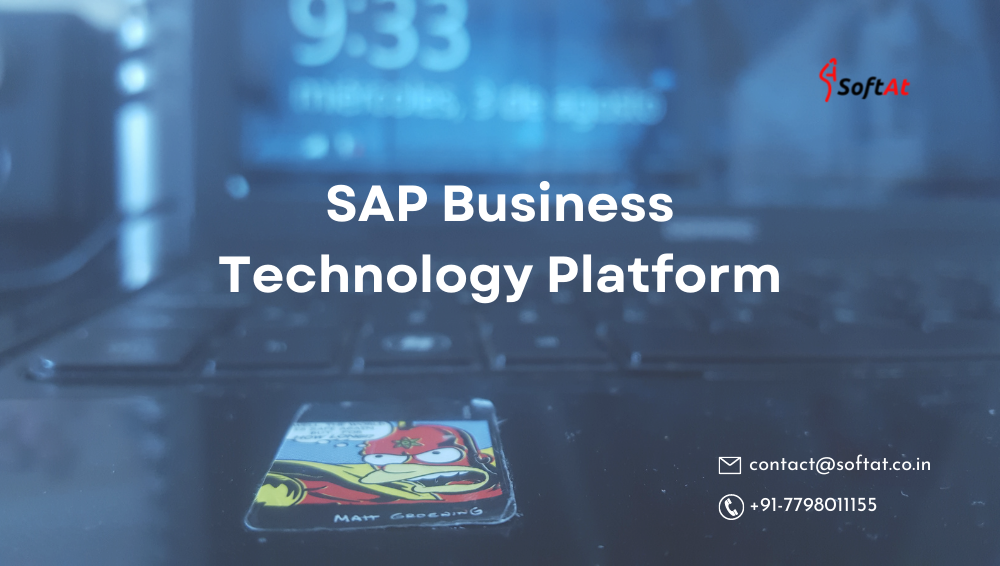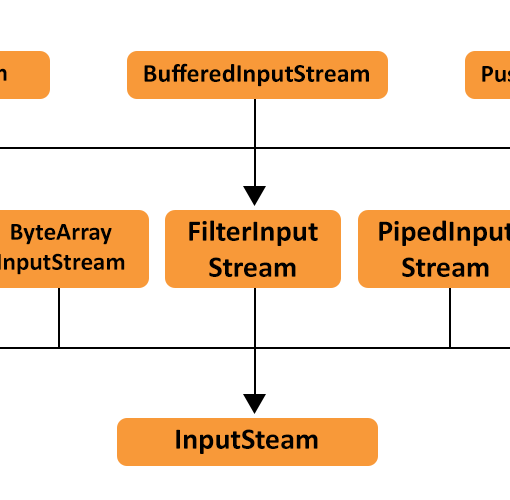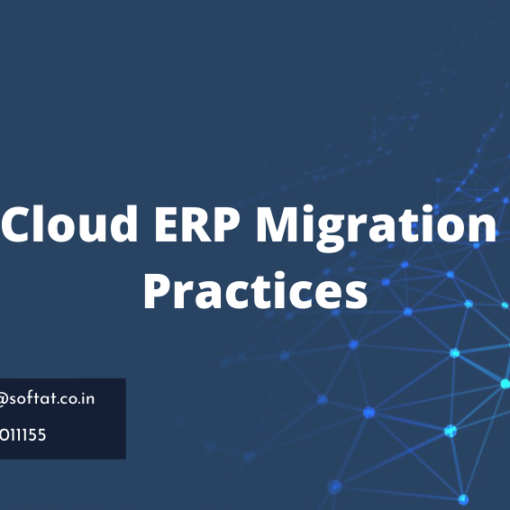What is SAP Business Technology Platform?
SAP Business Technology Platform (SAP BTP) is the platform that enables you to transform into an intelligent enterprise by integrating, extending, and converting data from all SAP and third-party application and data assets, all while ensuring long-term success through agility, and value creation, and continuous innovation. Database and data administration, analytics, application development and integration, and intelligent technologies are all covered.
Companies across the globe are functioning in a “new normal” environment in which digitization is necessary to keep up the commercial speed. Enterprises must have the technology and infrastructure to pivot in the face of fluctuating market conditions and supply chain interruptions. This is where SAP Business Technology Platform (BTP) can help you save time and money.
According to SAP, SAP BTP replaced the unbranded Business Technology Platform in October 2020, creating a unified, business-centric platform comprised of four pillars (solutions) spanning database and data management, analytics, application development and integration, and intelligent technologies.
SAP HANA and SAP HANA Cloud (database and data management); SAP Analytics Cloud and SAP Business Objects BI (analytics); SAP Extension Suite and SAP Cloud Platform Integration Suite (application development and integration); and SAP Intelligent Robotic Process Automation and SAP Internet of Things (intelligent technologies) are among the solutions available within each of those pillars.
What is the purpose of BTP?
The purpose of the SAP Business Technology Platform (BTP) is to provide a comprehensive and integrated suite of technologies and services that enable businesses to accelerate their digital transformation and drive innovation. BTP serves as the foundation for building, extending, and integrating applications and processes within the SAP ecosystem. It aims to address the evolving needs of businesses by offering a unified platform that supports various aspects of modern enterprise computing. The key purposes of BTP include:
- Application Development: BTP allows businesses to develop custom applications and solutions tailored to their specific needs. It provides development tools, runtime environments, and application services that enable developers to build cloud-native applications and extend existing SAP solutions.
- Integration: BTP offers robust integration capabilities to connect SAP systems with each other and with external applications and data sources. It enables seamless data exchange and process orchestration across heterogeneous landscapes, facilitating efficient end-to-end business processes.
- Analytics and Business Intelligence: BTP includes advanced analytics and business intelligence tools that help organizations gain insights from their data. It allows users to visualize, analyze, and make data-driven decisions using features like real-time analytics and predictive modeling.
- Intelligent Technologies: BTP incorporates intelligent technologies, such as artificial intelligence (AI), machine learning (ML), robotic process automation (RPA), and Internet of Things (IoT). These technologies enable businesses to automate processes, gain predictive insights, and create intelligent applications.
- Data Management: BTP is built on SAP HANA, a powerful in-memory database platform. It provides advanced data management capabilities that enable real-time data processing, analytics, and reporting. This helps businesses make faster and more informed decisions based on up-to-date information.
- Security and Identity Management: BTP includes robust security features to protect data, applications, and identities. It ensures compliance with data protection regulations and provides tools for managing access controls and user identities.
- Extension and Marketplace: BTP offers a marketplace where businesses can access pre-built integration content and extensions developed by SAP and its partners. This allows organizations to easily extend the functionality of their SAP applications and leverage existing solutions.
By providing a unified platform with a wide range of capabilities, BTP aims to simplify the development, integration, and management of enterprise applications and services. It empowers businesses to become more agile, responsive, and innovative, enabling them to thrive in a rapidly changing digital landscape.
SAP BTP Benefits
The following are five benefits that SAP BTP provides companies as they tackle the next generation of business challenges.
- A platform with business centricity in mind. The power to unleash corporate value through data is at heart of SAP BTP. The engine that drives SAP BTP is made up of SAP business applications. SAP’s solutions are built to properly comprehend the “business semantics and metadata layer – how data is saved and organized in business applications – which can be rather complex and tough to extract in order to transform that into value.”
- Pre-built content for ease of use. For integration, analytics, and now robotic process automation, SAP BTP is built on prebuilt content. According to Maloney, SAP users can extend these applications or create their own because they are all built on the same platform. And, with SAP BTP, SAP delivers a plethora of APIs from both SAP and its partners that work across all hyperscalers, ensuring compatibility.
- User consistency across business environments. When thinking about user change control, SAP users in finance may be reviewing reports that are also applicable to those in procurement conducting spend analysis. SAP BTP provides a consistent user experience across contexts in terms of UI, portal, and analytics. “SAP collaborates intensively with ecosystem and innovation partners to provide end users with capabilities that are consistent and free of confusion,” Maloney says.
- Completeness of the platform. What makes SAP BTP unique from other offerings in the market is the sheer number of integrated solutions under one platform. Technologies that can communicate with each other through shared services, such as SAP HANA interpreting machine learning and Internet of Things technology. Kearnan says, “you have a complete suite of technologies that span the spectrum of data capture, storage, management, and insight as well as application integration and extension – all under one roof, from which you can pick and choose to solve whatever problem you encounter.”
- Future-proof operations during the next migration. For companies using SAP ERP Central Component (SAP ECC) in their current ERP environment, utilization of SAP BTP solutions is seamless when migrating to SAP S/4HANA (on-premise or private cloud) or a hyperscaler. Maloney says SAP BTP is designed to grow with companies as their technology needs evovle, providing business continuity. “That continuity across all your investments to address key business plans will be available as you extend your journey with the next solution deployment.”
SAP BTP ABAP Environment
BTP also offers ABAP in the cloud as a service and as part of the ‘Extension Suite.’ The FIORI application development sample mentioned above just demonstrates the user interface building portion, with the backend utilizing an existing standard SAP API.
In the vast majority of cases, the requirement is more complex, and a standard API is either unavailable or ineffective. In that case, you’ll need to create your own OData API. If you already have an on-premise system, you can quickly develop backend services with it.





